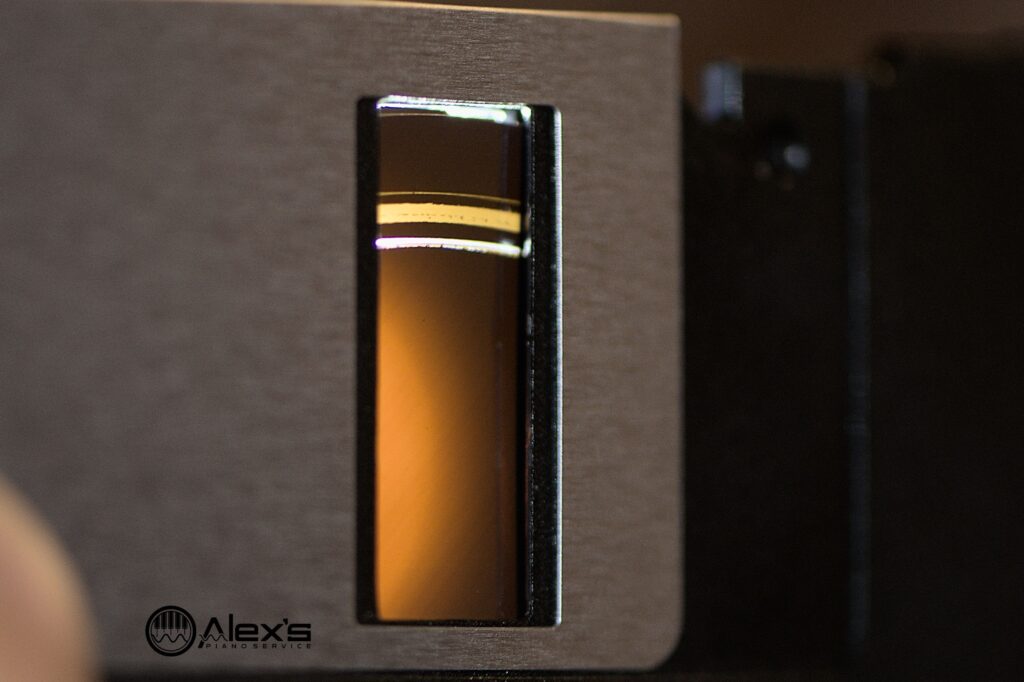Yamaha Disklavier floppy drives are a notorious point of failure. For the era, Yamaha Disklaviers used floppy disk drives that were excellent: all-metal frames, precision stepper mechanisms, and reasonably tolerant analog read electronics. Thirty-odd years later, however, every one of the consumables in those machines is past its design life.
If you have an older Disklavier, you might start with my article “Upgrades for your Yamaha Disklavier! Where to start?”
How Storage Conditions Affect your Drives
Temperature & humidity
Just like pianos themselves, floppy disk drives are sensitive to temperature and humidity. Magnetic media prefers temperatures below 25 °C and 30–50 % RH; drives like it even drier. Prolonged 60 % + RH encourages oxide shedding and corrodes the drive’s head plating.
Lack of use
Floppy disk drives are mechanical, and—as with most mechanisms—sitting idle for years actually increases the odds of failure. Grease cakes and stepping rails surface-rust. A monthly spin keeps everything pliable.
Dust & fungus
Sleeved 3.5-inch disks fare better than older, open 5.25-inch media, but both hate fine wood dust and mold spores—the two things pianos generate in abundance.
When Old Drives Hurt your Disks
This is a very common problem, and sadly, when people send me disks they’ve sometimes already been destroyed by their old floppy drives.
Misaligned or dirty heads don’t just refuse to read—they can rewrite a track off-center or physically score the oxide. See the title picture of the article or the image below for an example of what that scoring looks like!
A skewed head rewrites cylinders off the ANSI centerline; the disk can then only be read by that one bad drive (the “hostage disk” problem). Your drive is now speaking its own dialect!

Smart Insurance: Back Up Your Disks!
If you’ve got a collection of Yamaha Disklavier floppy disks, please see my article Using PPFBU to Back Up Disks. You should do this as soon as possible, as the disks themselves decay as well.
If you need a new floppy drive, please see my article Best USB Floppy Drives for Reading Yamaha Disklavier Disks. I list out some drives that can read the Disklavier’s older 720 KB DD disks reliably, and why the cheap Amazon specials usually don’t.
You can absolutely upgrade your floppy disk drive using Nalbantov’s Floppy Disk Emulator Upgrade, or alternatively, after you’ve backed up all of your MIDI files, you can stream them to your computer using PianoStream’s app.
For a high-volume library, also look at the raw-flux Greaseweazle method covered in How to Back Up Yamaha Floppies with a Greaseweazle.
Once your library lives on a USB stick (or cloud), you can retire the aging drive gracefully and spare both disks and piano-owner nerves.
Disklavier owners: floppy drive not reading? Discover why aging Yamaha drives fail, how storage matters, and easy backup or USB-emulator upgrades.
